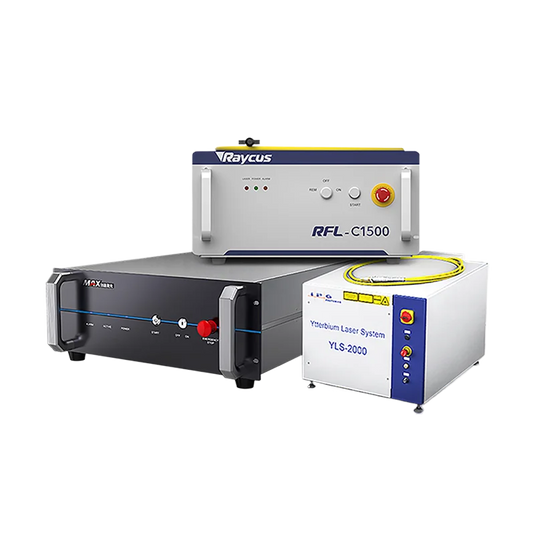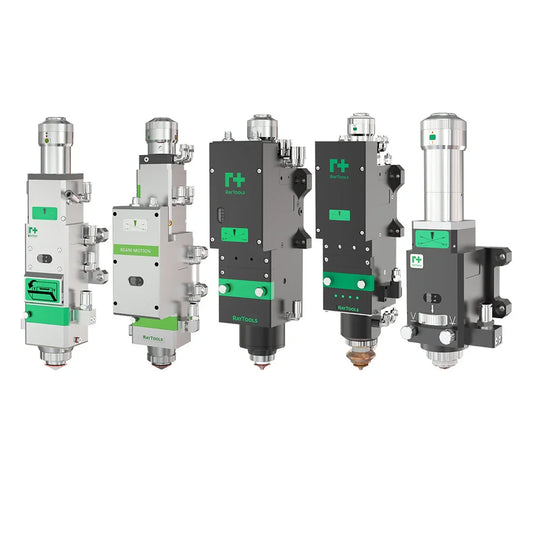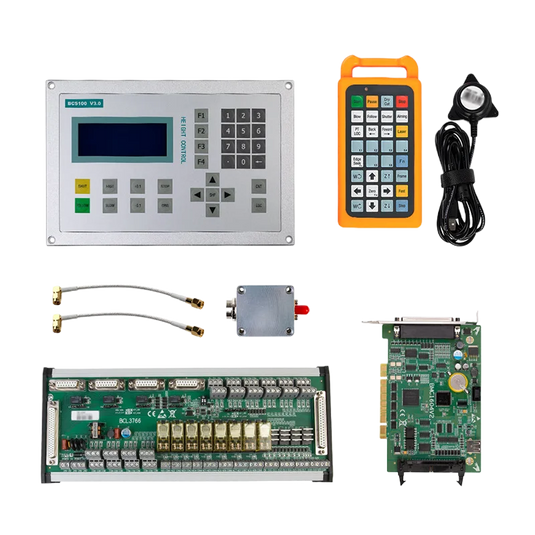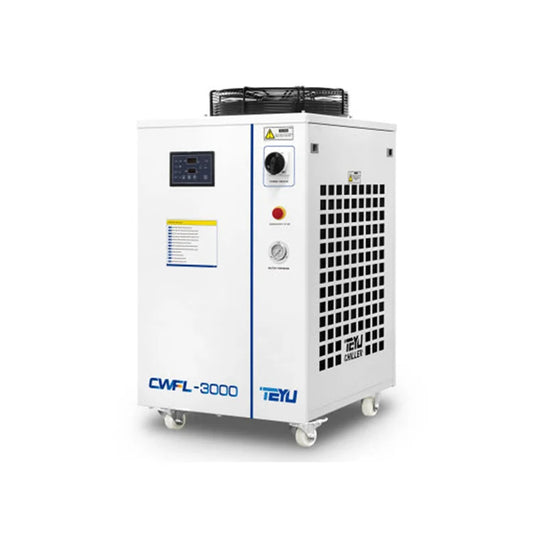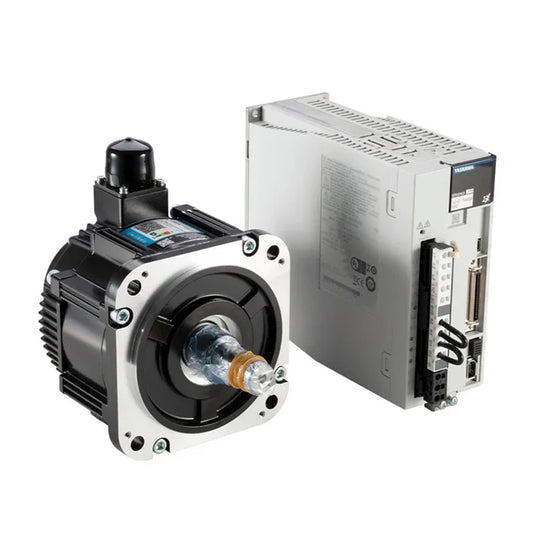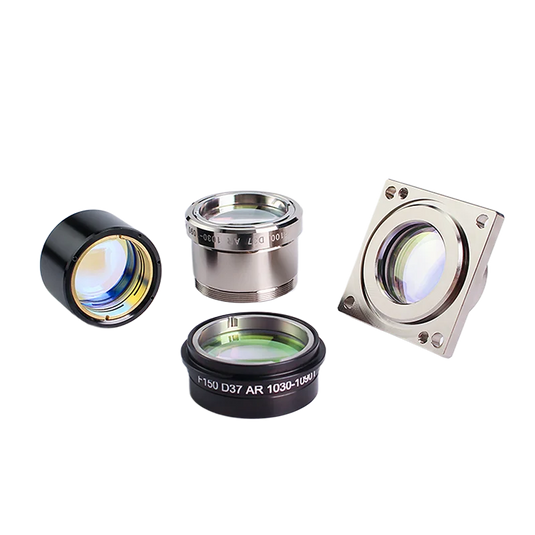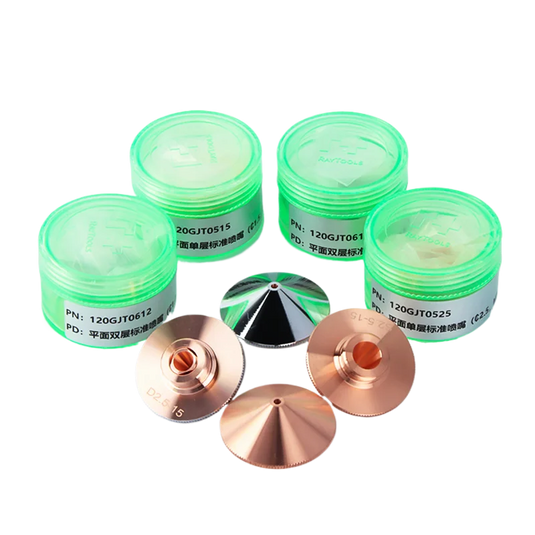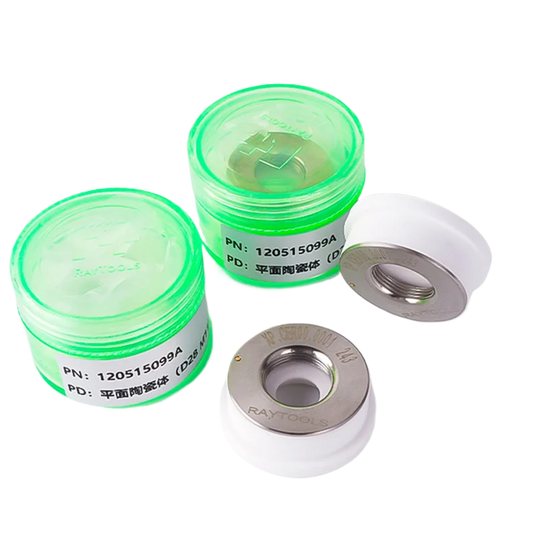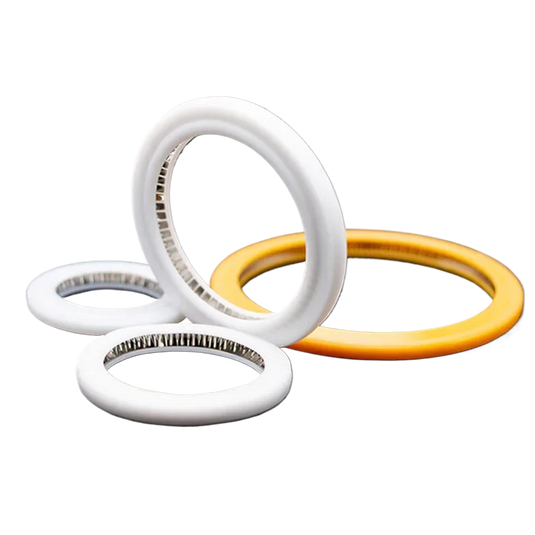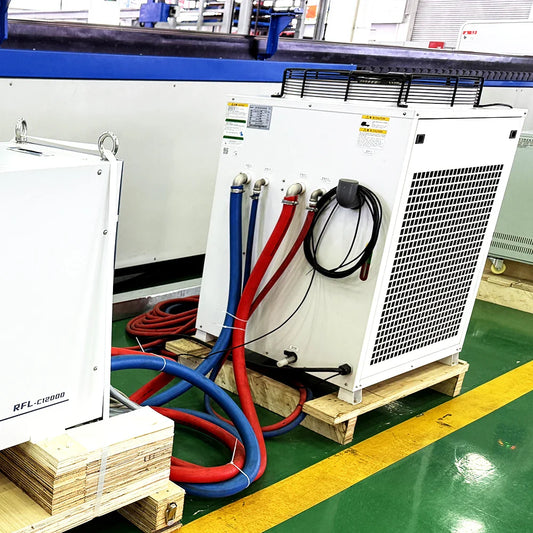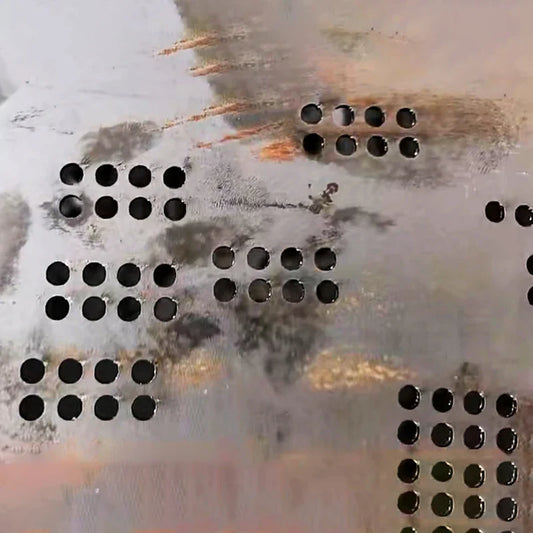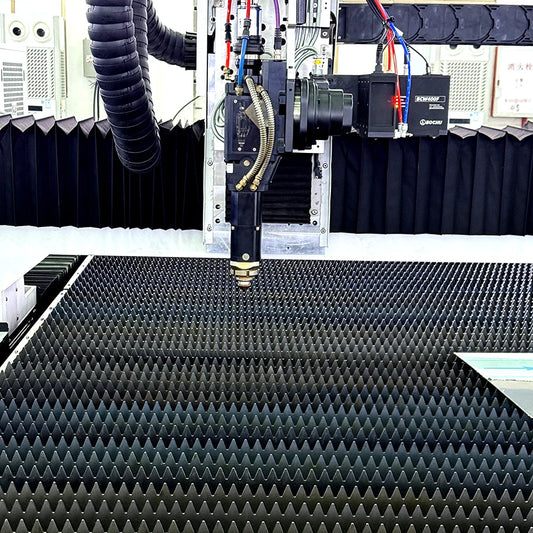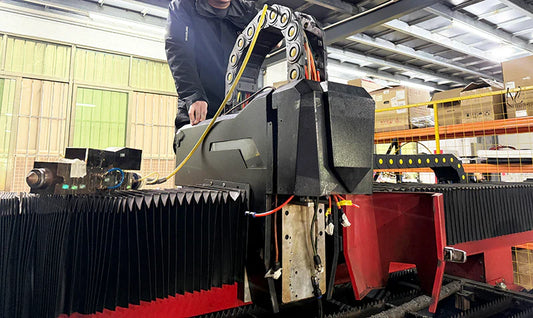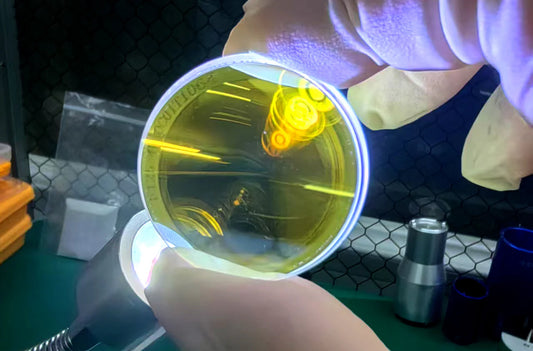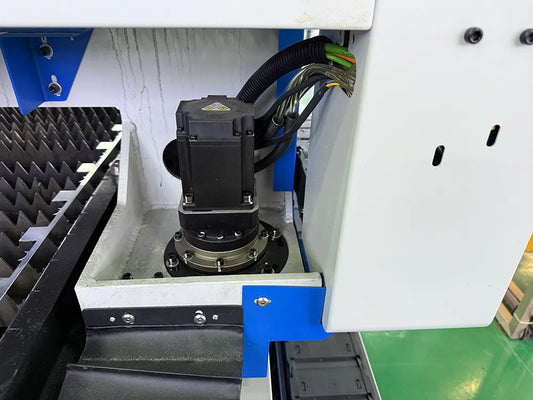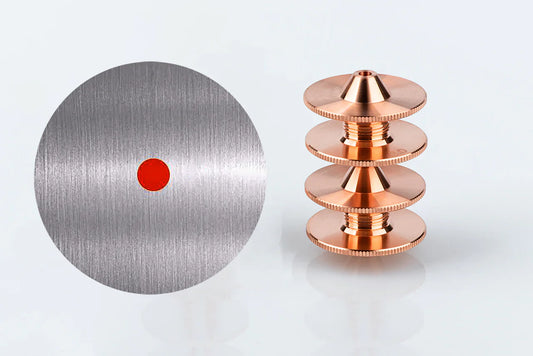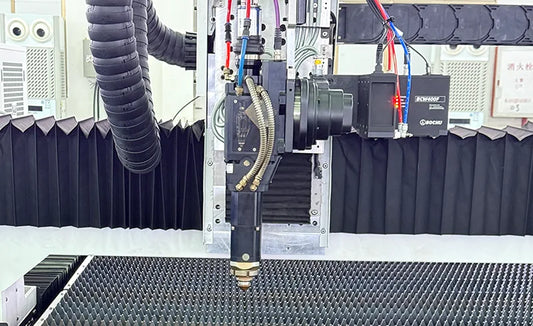How to Fix Laser Machines Sensing Issues: A Step-by-Step Guide
Introduction
In CNC laser cutting machines, capacitive sensors are crucial for height control. These sensors, like the BCS100, measure the capacitance between the cutting head and the workpiece. This measurement helps to adjust the cutting head height, ensuring optimal performance. By maintaining a consistent distance between the cutting head and the material surface, the laser beam can be perfectly focused, resulting in high-quality cuts with fewer burrs and a smoother edge. However, capacitive sensors can face several issues that disrupt the cutting process. Understanding and resolving these issues is key to maintaining machine efficiency and precision.
Issue #1: BCS100 Network Timeout
Causes
One common issue with capacitive sensors is the BCS100 network timeout, which disrupts communication between the sensor and the CNC machine, leading to significant delays in the cutting process.
Solution
Start by ensuring that the IP addresses are correctly matched. The sensor's IP address should be within the same subnet as the CNC machine's address. For example, if the CNC's subnet is 192.168.1.xxx, the BCS100 sensor should follow a similar pattern.
Next, verify the sensor's IP address using the platform configuration tool and ensure that the computer’s network settings are correctly configured. The IPv4 address of the computer should share the first three segments with the sensor, but differ in the last one.
If the problem continues, try replacing the Ethernet cable. A faulty cable might be causing the issue, so switching to a shielded Ethernet cable can help reduce electromagnetic interference, a common cause of network timeouts.
Issue #2: Floating Head Calibration Failures
Causes
Floating head calibration failures can result in inaccurate height control and poor-quality cuts. Electrical interference (EMI) and sensor misalignment are two common causes of calibration problems.
Solution
To minimize electrical interference, ensure that components like the amplifier are properly grounded. Use the sensor’s diagnostic menu to check and calibrate the DIF values, as abnormal DIF values can lead to calibration failures.
For recalibration, turn off any high-power equipment such as the servo, laser, and transformer that could cause interference. Check the DIF value again, and if it's still high, inspect the four-core wire for continuity. Also, make sure the amplifier housing is securely grounded to the machine bed. Adding grounding wires where necessary can help reduce impedance.
Issue #3: Erratic Capacitance Readings
Causes
Erratic capacitance readings can significantly impact the CNC machine's performance by causing fluctuating cutting head heights, leading to inconsistent cuts.
Solution
Start by replacing the BCS100 cables (known as SPC-140). If the problem persists, clean the nozzle contacts and ceramic rings thoroughly using alcohol and a lint-free cloth. Ensure that any dirt or impurities are removed to maintain proper capacitance measurement.
Issue #4: Overload Alarms During Homing
Causes
Overload alarms during homing can prevent the laser cutting machine from starting the cutting process correctly. Common causes include stuck sliders or misconfigured servo parameters.
Solution
Lubricate the Z-axis sliders to ensure smooth movement. Apply lubricant evenly, then move the sliders back and forth to ensure proper distribution. This reduces friction and helps prevent slider jams.
Also, check the servo parameters and adjust the acceleration settings according to the machine’s specifications. Correcting the acceleration values can prevent the servo motor from consuming too much current during homing, thus avoiding overload alarms.
Conclusion
Regular sensor validation is essential to maintaining consistent performance in CNC laser cutting machines. Routinely checking for network issues, calibration faults, and erratic readings can help prevent costly downtime. By performing regular checks and maintaining the sensors, you can ensure that your CNC laser cutting machine operates efficiently and produces high-quality cuts with minimal disruption.
If you need more laser parts and accessories, please visit our store for one-stop shopping!
FAQs
What should I do if the BCS100 sensor network timeouts persist?
Check the IP addresses and network settings, and replace the Ethernet cable with a shielded one to reduce electromagnetic interference.
How can I avoid floating head calibration failures?
Ensure proper grounding of equipment and recalibrate the DIF values in the sensor’s diagnostic menu.
Why are my capacitance values so erratic?
Inspect for damaged RF wires and clean the ceramic rings and nozzle contacts to remove impurities.
What causes overload alerts during homing, and how can I fix them?
Lubricate the sliders to ensure smooth movement and adjust the servo motor’s acceleration settings to prevent excessive current consumption.
How frequently should I check the capacitive sensor on my CNC laser cutter?
Routine checks should be performed monthly, or more often depending on usage. Watch for indicators such as fluctuating readings or calibration issues.

